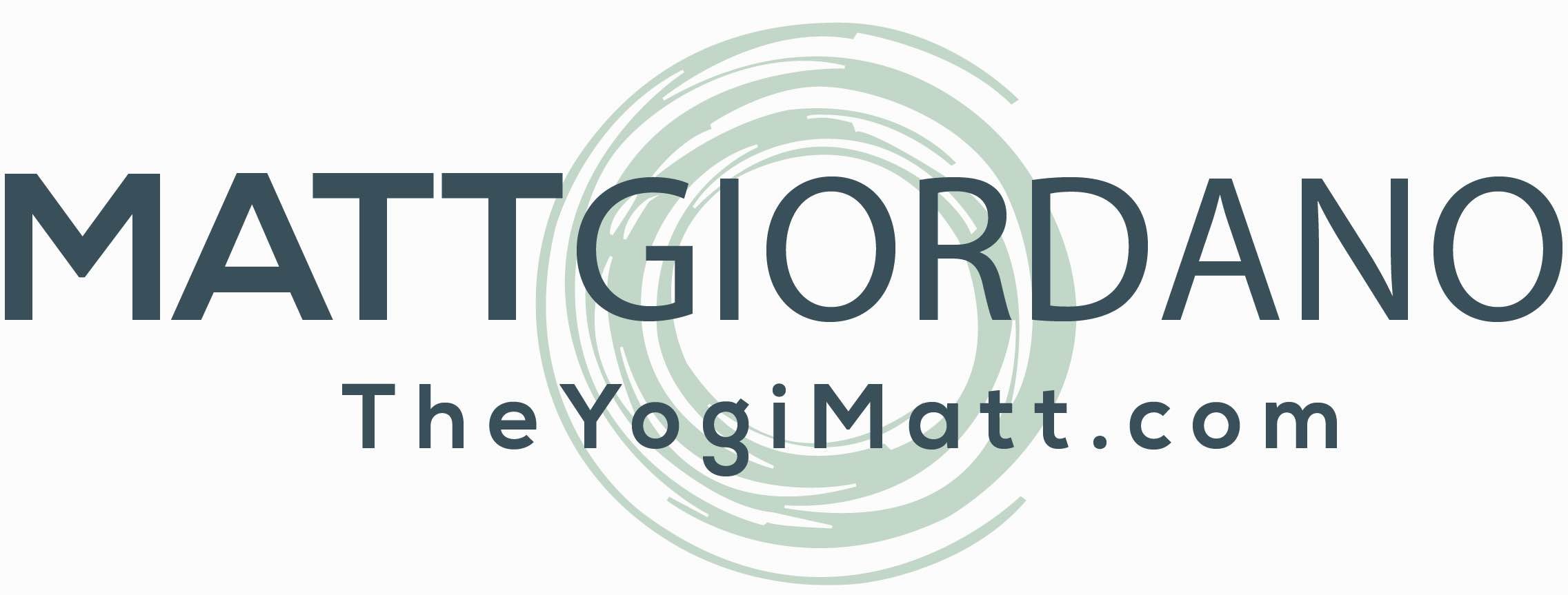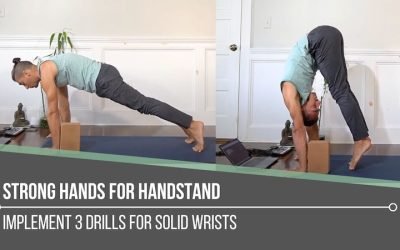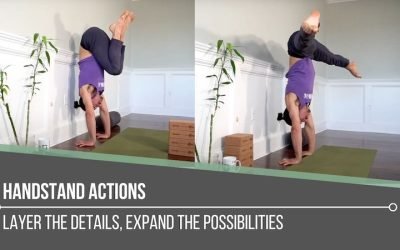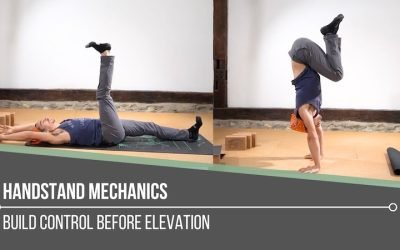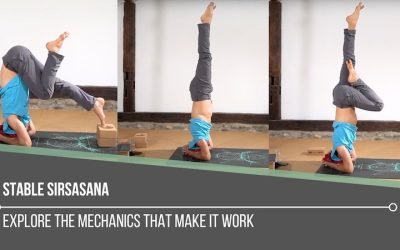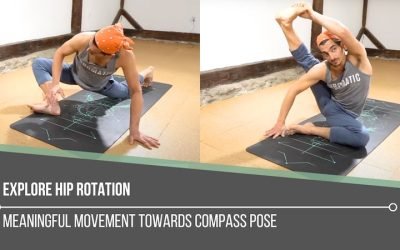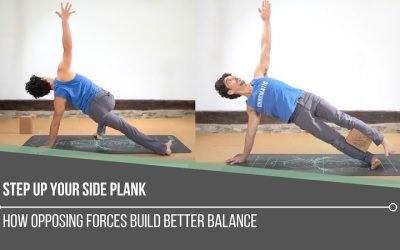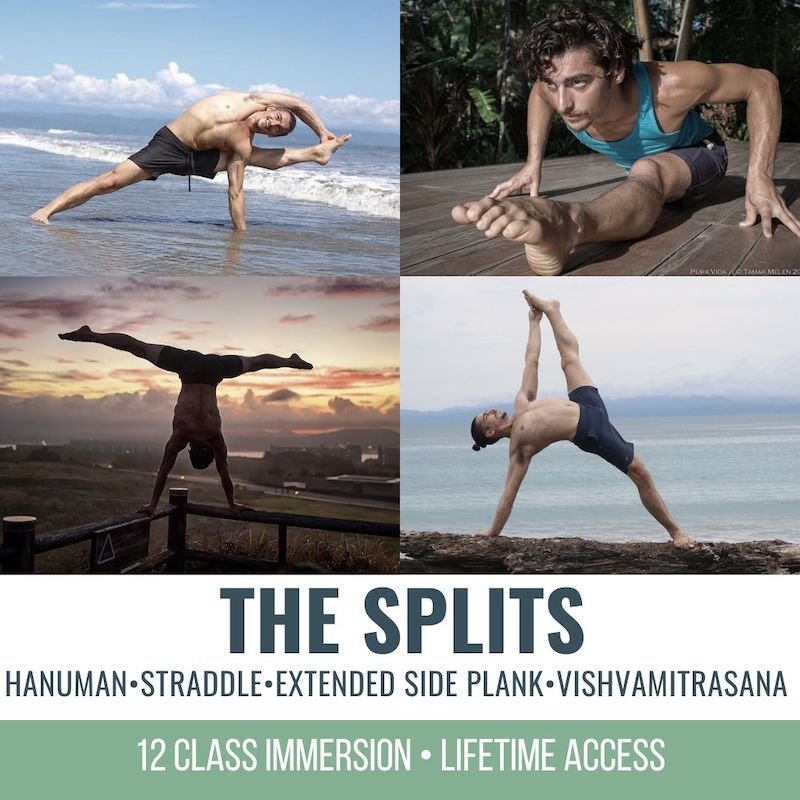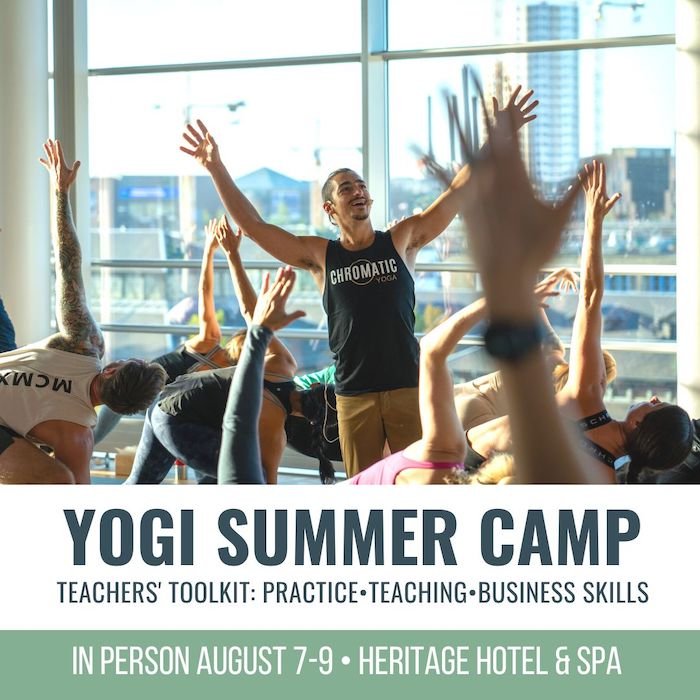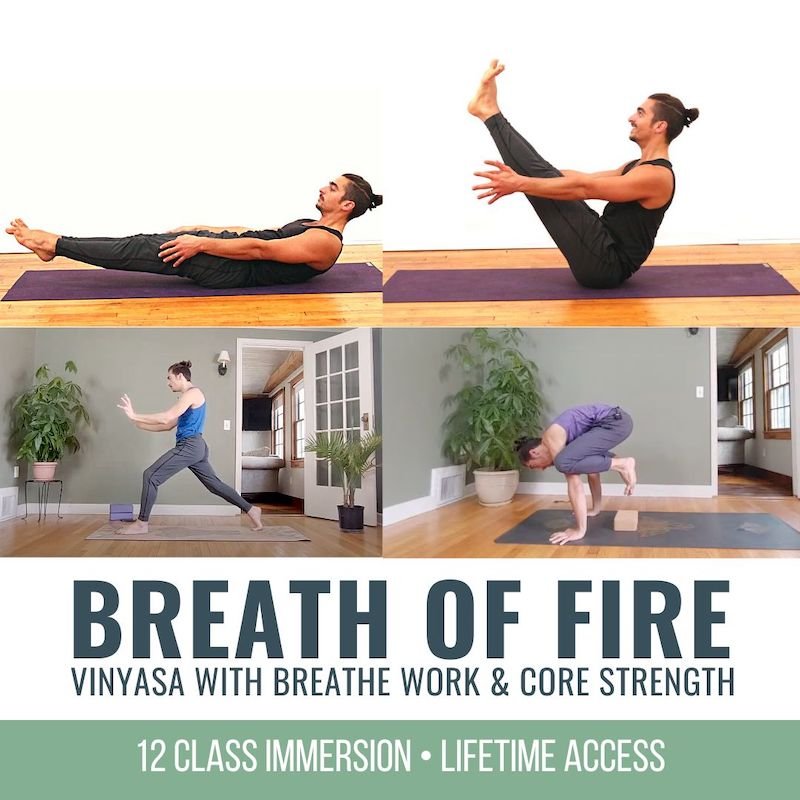Strong Hands For HandstandSTABILITYSTRONG HANDS FOR HANDSTAND When it comes to building strength for handstand, it starts at the base: our hands. Developing strong hands means targeting the wrist flexors, the very muscles that help create a trustworthy foundation....
Achieve Flying Balance
Achieve Flying Balance
Arm Balance
ACHIEVE FLYING BALANCE
Achieving an arm balance is quite extraordinary when you consider all that’s involved. And when we refer to an arm balance as a “flying balance,” there is even more involved. The “flying” in Eka Pada Koundinyasana II refers to the expansion in the positioning of our bodies, which requires a great deal of adductor flexibility. That is to say that we are not only balancing on our hands, we’re also doing a variation of the splits. The techniques required for arm balances and splits can be quite demanding, so how do we put it all together? We take it step by step. Taking intentional and specific actions will support our journey towards the development of this posture.
In today’s video, Matt shares techniques that properly prepare us for our greatest potential in Eka Pada Koundinyasana II.
CHROMATIC GLOBAL TRAINING
REGISTRATION NOW OPEN
- Solve the "Yoga Teacher's Daily Grind"
- Become the BEST teacher you can be
- Get personalized feedback and support
- Learn anatomical sequencing and verbal cues
- Clear and impactful visual demonstration
- Strategic workshop design and sell out your events
- Become a Certified Chromatic Teacher
- Room for future growth: lead Chromatic Yoga Immersions and Trainings
LOGICAL PREPARATION
The Side Angle variation Matt teaches in the video is an accessible entry point. It removes the balance while still allowing the nervous system to adopt the patterning. As he mentions, this variation “primes the body for the experience.”
What’s unique about this approach is that we set the arms up in the arm balance position so that we can get a feel for the hand placement. Because it mimics the shape of Eka Pada Koundinyasana II, we’re also developing the flexibility of the adductors (the “splits” portion of the pose). We also get an opportunity to iron out all of the alignment misconceptions we may have, especially regarding hand placement. Matt points out a common tendency, which is placing the top elbow too high—it should emulate where we would place our elbows if we were actually balancing the pose.
WATCH THE VIDEO
ACHIEVE FLYING BALANCE: ELEVATE IN EKA PADA KOUNDINYASANA II
VARIOUS ENTRY POINTS
The very first balancing entry point Matt offers, with hands on the yoga mat on a diagonal, is a more controlled way to get into Eka Pada Koundinyasana II. Preparation for the adductors is necessary before we attempt these powerful entries.
From Standing Postures
This option is basically executed by flipping Side Angle Pose on its side. Coming in from the standing position offers more momentum.
Now, the back leg may feel heavy. To offset this feeling, Matt directs us to retract the shoulder blades and lower the torso closer to the ground. This shifts more weight forward. Entering from Trikonasana is also an option.
With Momentum
Coming from a Downward-Facing Dog variation may make entry easier. The momentum of thrusting forward with more force can assist in achieving this flying balance.
200 HOUR ONLINE TEACHER TRAINING
GET CERTIFIED & DEEPEN YOUR YOGA PRACTICE
- Deepen your yoga practice
- Build confidence speaking in front of groups in person and online
- Learn foundational class structures and templates
- Learn techniques for a wide range of yoga postures
- Get certified and highly qualified to teach yoga
- Yoga Alliance Globally Recognized Certification Program
SOCKS & BLOCKS
Socks
Using socks as a prop for Lizard Pose entry can make it more accessible for the front leg. Matt notes that the keys here are to turn the front leg in and up, then climb up the arm by lowering the torso, creating a shelf. Next, we lift the same-side buttock up while sliding the back leg further back to eventually lift.
Socks & Blocks
In a Downward Dog position but with one foot on a block for greater elevation, we again use momentum and the smoother transition through the socked front foot to ease into the flying balance. Note here that removing the sock from the back foot reduces slipping on the block.
300 HOUR ONLINE TEACHER TRAINING
GET 500 HOUR CERTIFIED AS A MASTER TEACHER
Master your skill set as a teacher through refined techniques, anatomy, biomechanics, sequencing, philosophy, meditation techniques, theming, yoga business, and much more!
- Get 500 hour certified
- Learn anatomy, biomechanics, asana techniques
- Expand your teaching skills
- Masterful sequencing and verbal delivery
- Learn meditation and breathwork techniques
- Transformative tools: theming, dharma talks, satsang
SLIDE INTO YOUR SLOT
The Chromatic approach lays out a detailed formula for step-by-step preparation for Eka Pada Koundinyasana II. Both leading up to the posture and in the posture itself, we can slide ourselves into the section of preparation that supports our growth and development. If it’s right for us to first develop the flexibility of the adductors, we can practice a facilitated stretch in postures like Side Angle and Trikonasana. If we need to lean into the work of where we stand in terms of the various entry points, then this is where we can default to in our yoga practice. If we can already achieve flying balance in Eka Pada Koundinyasana II, then we can refine details, like leaning more forward or expanding by stretching each leg out more to the sides. There is always a place to step into our own challenge. When we choose consistency in the challenge, we find growth and increased potential.
Last chance to register for Matt’s upcoming Chromatic Global Training, which will support the further development of advanced postures like this one.
The 200 Hr. Teacher Training: Click Here to See the Next Start Date
The 300 Hr. Advanced Teacher Training: Click Here to See the Next Start Date
Article by Trish Curling
Video Extracted From: Flow and Fly Immersion
ONLINE ANATOMY COURSE
- Accessible, exciting, and easy to learn
- Anatomy and biomechanics for yoga
- Appropriate for both teachers and students
- Learn joint alignment vs pose alignment
- Demystify yoga poses and transitions
- Release aches and pains
- Learn how to avoid common injuries
- Caters to all levels with modifications and props
- 20 hours Continued Education Credits with Yoga Alliance
- 20 hours toward Chromatic Yoga Certification and 300 Hour
- Lifetime access
Continue Learning
Strong Hands For Handstand
Handstand Actions
Handstand ActionsLEAN, GRIP, PUSHHANDSTAND ACTIONS Handstand isn’t something we conquer in a single class, it’s a layered process that demands repetition and refinement. There are certain key handstand actions that are non-negotiable: lifting the shoulders up to the...
Handstand Mechanics
Handstand MechanicsINVERSIONHANDSTAND MECHANICS Stability, strength, and coordination come together in the pursuit of mastering handstand mechanics. One of the most critical foundations is internal rotation at the hip joints, which can aid with certain entries and...
Stable Sirsasana
Stable SirsasanaHEADSTANDSTABLE SIRSASANA Creating a stable Sirsasana is less about the final pose and more about the mechanics that lead us there. From weight transfer and spinal alignment to hamstring flexibility and shoulder engagement, each layer matters. Unlike...
Explore Hip Rotation
Explore Hip RotationSURYA YANTRASANAEXPLORE HIP ROTATION Hip rotation isn’t just an anatomical concept—it’s an open invitation to become more intimate with our body’s story. In yoga, we often live in lateral (external) rotation, especially in hip-opening postures....
Step Up Your Side Plank
Step Up Your Side PlankVASISTHASANASTEP UP YOUR SIDE PLANK Side Plank might look simple, but true proficiency starts in the details. One of the keys to refining the posture is learning how opposing muscle groups create an isometric contraction—a subtle engagement that...
THE FREE TECHNIQUE PACK
When You Subscribe, You Will Get Instant Access to
- the Technique Pack: 15 yoga pose breakdowns
- exclusive online course discounts
- exclusive blogs and videos
